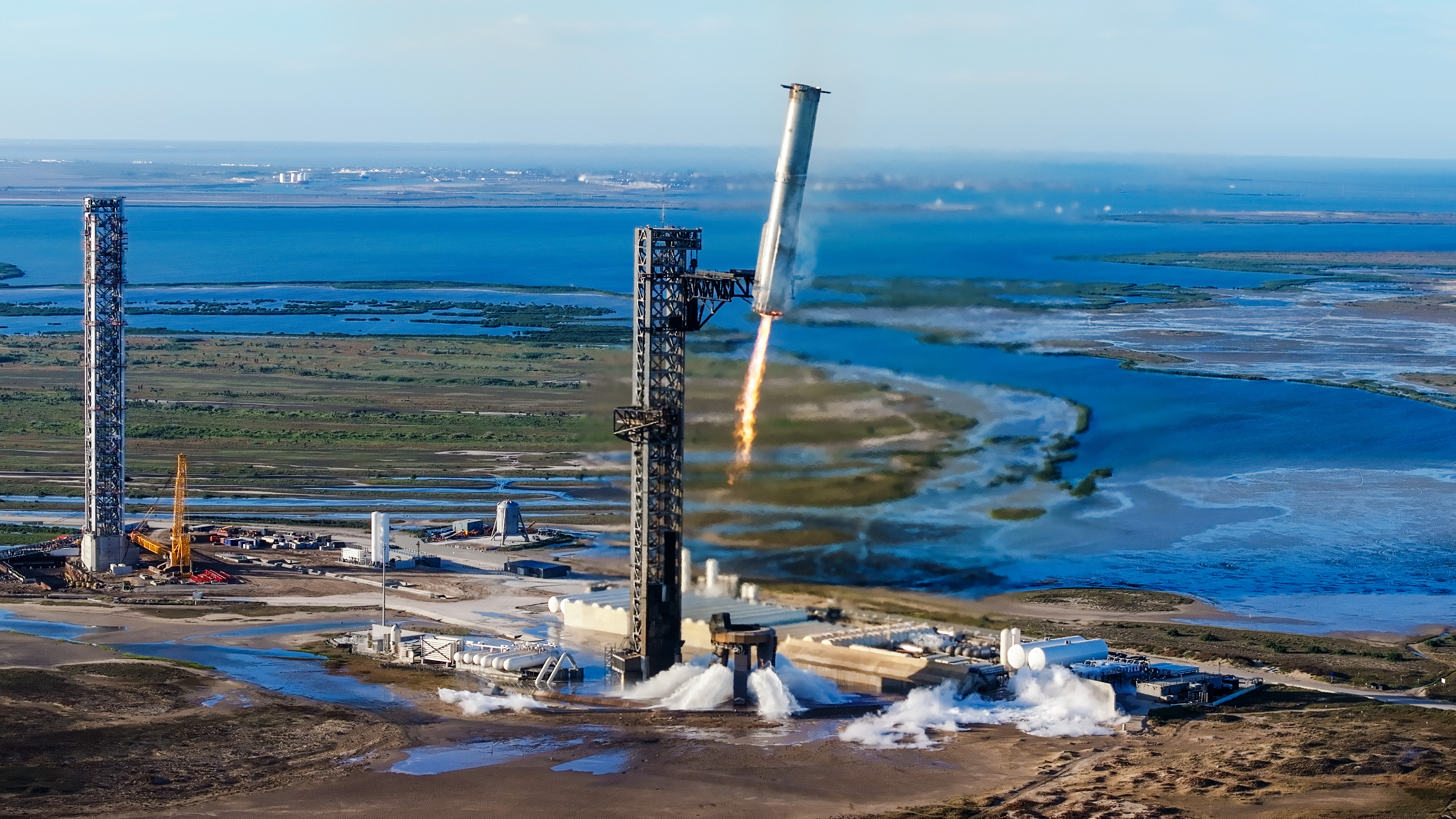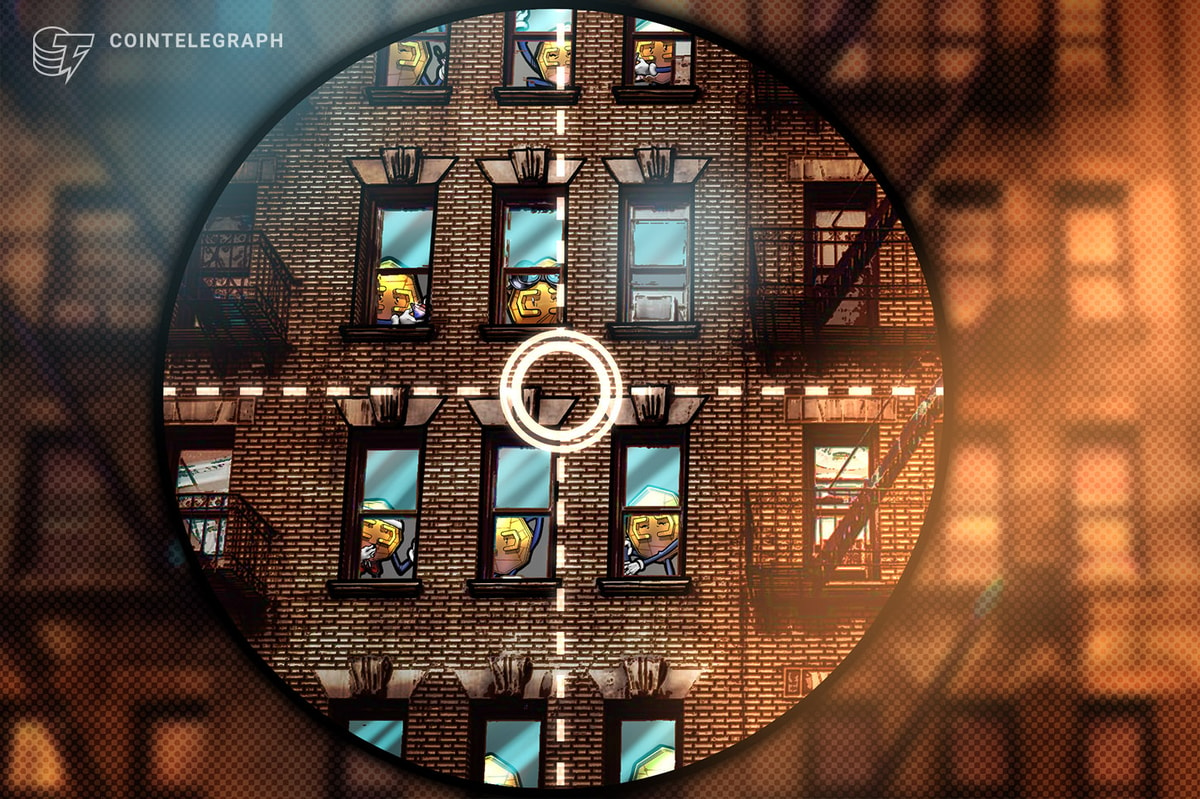SpaceX is having trouble with Starship's upper stage after back-to-back failures, but engineers are making remarkable progress with the rocket's enormous booster.
The most visible sign of SpaceX making headway with Starship's first stage—called Super Heavy—came at 9:40 am local time (10:40 am EDT; 14:40 UTC) Thursday at the company's Starbase launch site in South Texas. With an unmistakable blast of orange exhaust, SpaceX fired up a Super Heavy booster that has already flown to the edge of space. The burn lasted approximately eight seconds.
This was the first time SpaceX has test-fired a "flight-proven" Super Heavy booster, and it paves the way for this particular rocket—designated Booster 14—to fly again soon. SpaceX confirmed a reflight of Booster 14, which previously launched and returned to Earth in January, will happen on next Starship launch With Thursday's static fire test, Booster 14 appears to be closer to flight readiness than any of the boosters in SpaceX's factory, which is a short distance from the launch site.
SpaceX said 29 of the booster's 33 methane-fueled Raptor engines are flight-proven. "The first Super Heavy reuse will be a step towards our goal of zero-touch reflight," SpaceX wrote on X.
A successful reflight of the Super Heavy booster would be an important milestone for the Starship program, while engineers struggle with problems on the rocket's upper stage, known simply as the ship.
What a difference
Super Heavy's engines are capable of producing nearly 17 million pounds of thrust, twice the power of NASA's Saturn V rocket that sent astronauts toward the Moon. Super Heavy is perhaps the most complex rocket booster ever built. It's certainly the largest. To get a sense of how big this booster is, imagine the fuselage of a Boeing 747 jumbo jet standing on end.
SpaceX has now launched eight full-scale test flights of Starship, with a Super Heavy booster and Starship's upper stage stacked together to form a rocket that towers 404 feet (123.1 meters) tall. The booster portion of the rocket has performed well so far, with seven consecutive successful launches since a failure on Starship's debut flight.

Booster 14 comes in for the catch after flying to the edge of space on January 16. Credit: SpaceX
Most recently, SpaceX has recovered three Super Heavy boosters in four attempts. SpaceX has a wealth of experience with recovering and reusing Falcon 9 boosters. The total number of Falcon rocket landings is now 426.
SpaceX reused a Falcon 9 booster for the first time in March 2017. This was an operational flight with a communications satellite on a mission valued at several hundred million dollars.
Ahead of the milestone Falcon 9 reflight eight years ago, SpaceX spent nearly a year refurbishing and retesting the rocket after it returned from its first mission. The rocket racked up more mileage on the ground than it did in flight, first returning to its Florida launch base on a SpaceX drone ship and then moving by truck to SpaceX's headquarters in Hawthorne, California, for thorough inspections and refurbishment.









 English (US) ·
English (US) ·